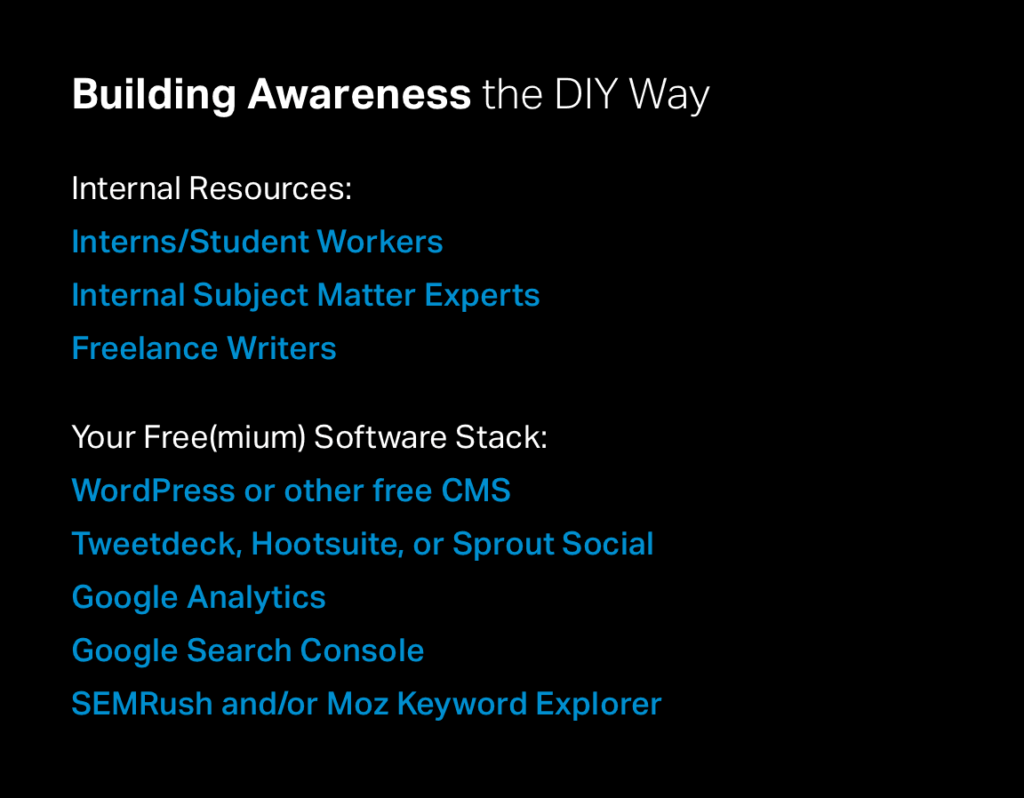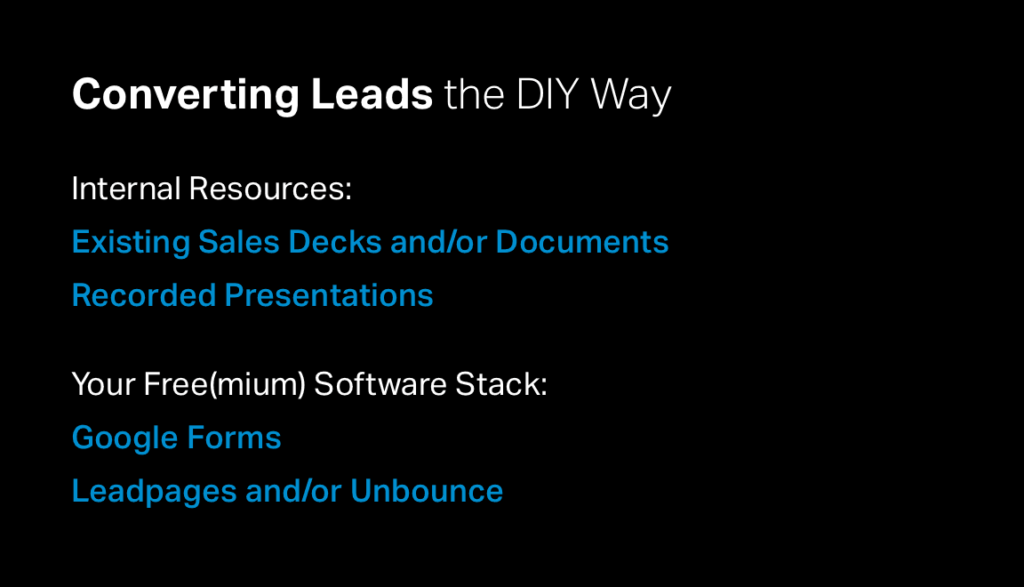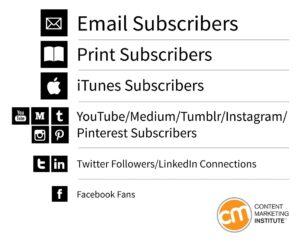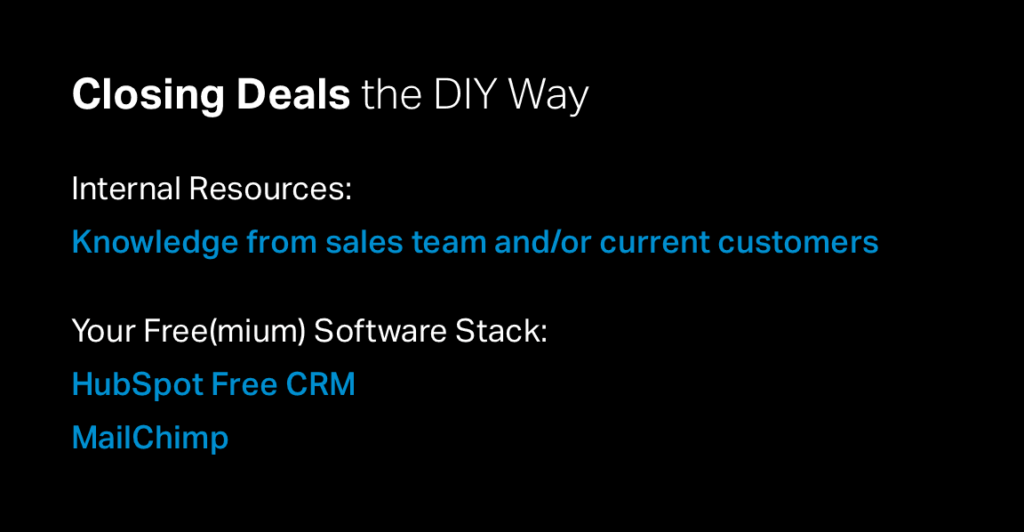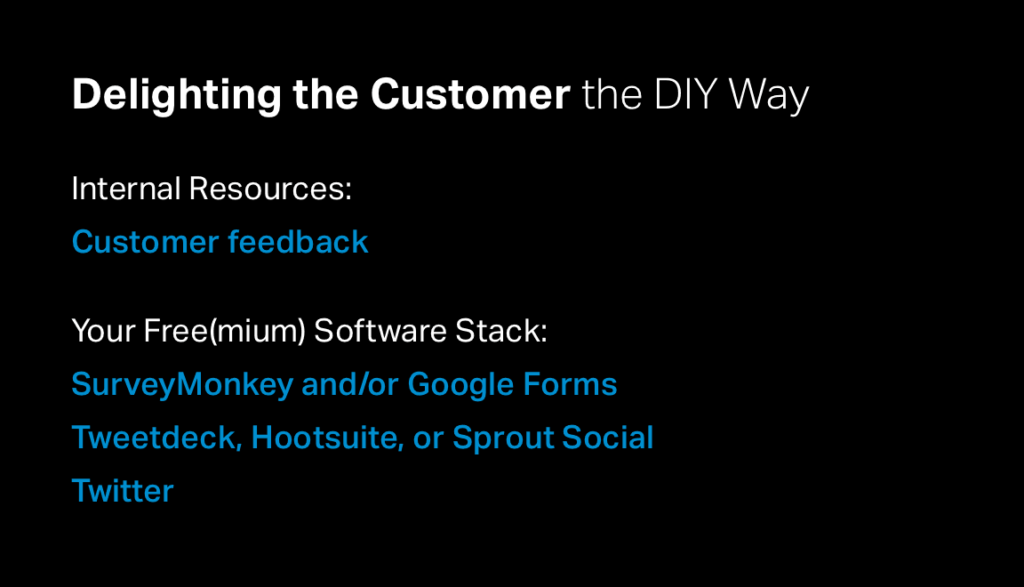Wouldn’t it be nice if investing in a new marketing strategy was as easy as buying one of those As Seen on TV products? If it didn’t work out the way you planned, you could simply contact customer service and ask about the handy money-back guarantee. But implementing new marketing tactics isn’t as easy as buying a ShamWow, and it requires far more planning and resources to bring to fruition.
While inbound marketing has continued to gain popularity among organizations looking to reach the right people, with the right content, at the right time — the costs associated with launching an inbound marketing program can be prohibitive for small marketing teams on a tight budget. But research has shown that the results more than justify the time and resources needed to get started with inbound. Consider that content marketing, an effective inbound marketing tactic, costs 62% less than traditional outbound marketing and generates about 3 times as many leads, according to Demand Metric.
Although inbound may seem like a prohibitive investment at first, it actually saves money in the long run and increases the effectiveness of your sales and marketing teams over time. But as convincing as statistics can be, sometimes the only way to prove the value of a new initiative to senior leadership is by demonstrating real results. By taking a “DIY” approach to inbound, prioritizing individual programs or services, and making use of the software you already have, you can demonstrate initial success and hopefully pave the way for future investment.
In this post, we walk you through each phase of the inbound marketing methodology and how to implement each stage’s associated marketing tactics without breaking the bank.
Building Brand Awareness
The first step of the inbound marketing methodology is to build awareness of your products or services and attract the right people to your website. Keep in mind that it isn’t just vanity metrics you’re after. Skyrocketing web traffic is nice, but it’s important to focus your efforts on attracting the people who are most likely to become students or customers.
Blogging
Consistently creating quality content that serves your audience’s needs is the backbone of your inbound marketing strategy. One of the best ways to do so is to regularly publish content on a company blog. In order to get found by the right people, it’s important to create educational content that speaks to the needs of your target audience and answers their questions.
High-quality writing is essential to the success of any inbound or content marketing strategy. If you don’t have the talent or time necessary to produce valuable content yourself, we strongly recommend partnering with an agency, working with freelance writers, or implementing guest blogging using subject matter experts from within your company. Happy customers, employees, and industry experts are all great resources for blog content and inspiration.
Social Publishing
In order to succeed at inbound or content marketing, social media needs to go further than promoting your blog posts on your Twitter feed. Today, there are free, freemium, and paid social media management tools, such as Tweetdeck, Hootsuite, and Sprout Social, that allow users to schedule status updates and track relevant information across a variety of social accounts. Social media can also play a role in your content creation process. By monitoring social channels for mentions of your brand or keywords that are of particular importance to you, you can uncover previously undiscovered content ideas.
SEO
If you build it, will they come? Not necessarily. In a crowded media landscape, publishing high-quality content alone is no longer enough. SEO can feel technical for many marketers who are just getting started with content and inbound marketing, but luckily, there are a variety of tools available that can make SEO seem more approachable. Google Analytics, Google Search Console, SEMRush, and Moz Keyword Explorer all offer free tools to help you get started with your SEO strategy. Additionally, much of today’s SEO success relies on link-building, which does not rely on technical prowess but good ol’ fashioned networking and promoting.
Converting Traffic into Leads
Once you’ve attracted the right people to your website, the next step is to convert them into tangible leads by collecting their contact information. In order to do so, you must provide valuable and relevant offers. Here’s how to get your prospects to go from anonymous web visitor to engaged lead.
Premium Content
Premium content, otherwise known as the value-backed PDFs, eBooks, and proprietary research that companies require you to fill out a form to download, may seem like the most costly content to produce. But, the good news is that you likely already have much of the content you need to get started. Before you create anything new, seek out company presentations, sales decks, training sessions, and whatever else you think potential customers might find valuable. These existing documents can often be transformed into the start of your premium content library.
Forms
Forms are a key part of inbound and content marketing. Without them, lead generation boils down to contact us pages and outbound sales. There are a variety of online form tools available, but Google Forms is completely free and integrates with HubSpot’s free CRM platform (which we’ll cover later).
Landing Pages
Landing pages and thank you pages are where you’ll house your premium content. If you want the quickest option to test out your offer, software solutions like Unbounce or Leadpages enable you to build landing pages and lead generation campaigns with the click of a few buttons — no coding required. Both platforms offer a free trial period and tiered pricing options after that.
While there are software options for creating these types of pages to test, it will likely be the most cost effective over time to have a developer build each of these pages out as a page template that you can use for each content offer.
Closing New Business Opportunities
You’ve attracted web visitors who are interested in your products or services and converted them into leads with relevant content offers, but how do you nurture them into full-blow customers? Let’s close those leads into living, breathing customers that impact your bottom line, shall we? Some of the most important tools for transforming leads into customers include:
CRM
For many organizations with expensive products or services, sales don’t manifest overnight. It takes time to nurture leads to the point they feel comfortable partnering with your organization or purchasing your product. Customer relationship management can help you manage those relationships and track where at in the buyer’s journey your contacts are. HubSpot offers its CRM for free, and it integrates with other key pieces of free software, like Google Forms and Mailchimp.
Email Marketing and Automation
One of the main goals of your inbound or content marketing strategy should be to build an audience through your content. While ‘audience’ can mean many things, a list of email subscribers is often the most fruitful. Take advantage of this audience by offering a range of email subscriptions, like blog content on-demand, monthly newsletters, or new premium content releases. Many email marketing platforms offer free or affordable email plans, but Mailchimp provides particularly good value for the price.
Source: Content Marketing Institute
Speaking of Mailchimp, it offers free email marketing automation tools to all customers. Campaign Monitor is another great option for email automation as well. As your business and lead generation efforts scale, nurturing leads can become unmanageable without an automation tool. Mailchimp’s automation tool can do the trick.
Delighting Customers
Just because a lead has become a customer, doesn’t mean the job is done. Here’s how to rock the delight stage of the inbound methodology and earn glowing reviews and repeat business.
SurveyMonkey/Google Forms
Customers are good. Repeat customers are better. Follow up with your customers about their feedback on your product or service. That feedback can help you upsell customers and make important enhancements to your product or service. SurveyMonkey offers a freemium pricing model that allows you to test out the product before you buy. Mentioned previously, Google Forms is another great option for creating free customer surveys.
Social Listening
If you’re looking for a more informal method of keeping up with your customers, consider social listening. Each of the social platforms mentioned earlier aid in those efforts. Create a Twitter list of your customers, or follow a relevant industry hashtag. Then, look for opportunities to show your customers that you’re listening and you care. That type of action inspires brand advocacy.
Getting Started
Inbound and content marketing have become the go-to strategy for many businesses to grow their brand and bottom line. But it doesn’t come quick, and it doesn’t come easy. If you’re interested in implementing an inbound marketing or content marketing methodology, but aren’t ready to commit to full-scale marketing automation platforms, consider piloting an inbound methodology the DIY way.
Oh, and if you need help along the way, you know who to call.


